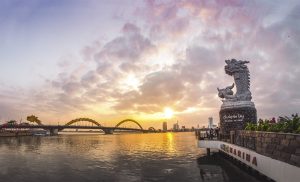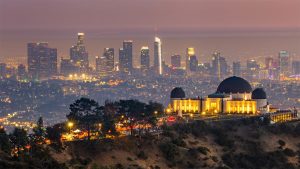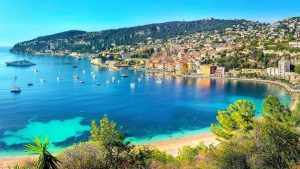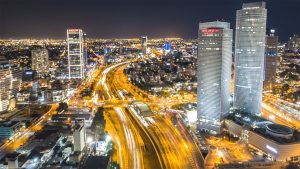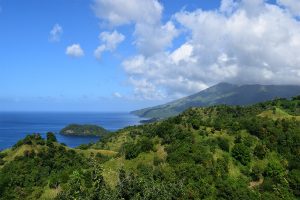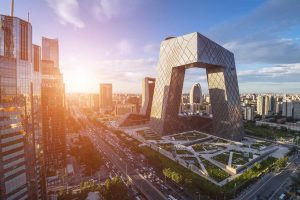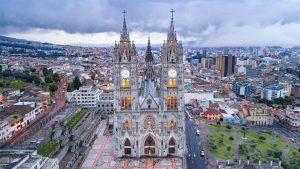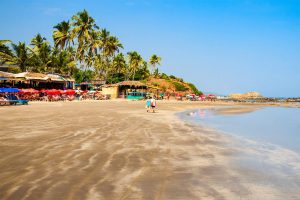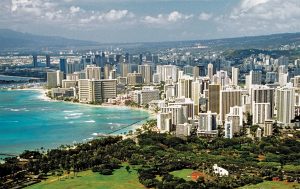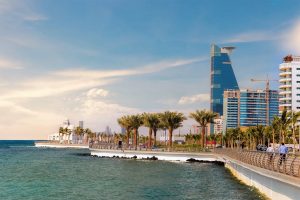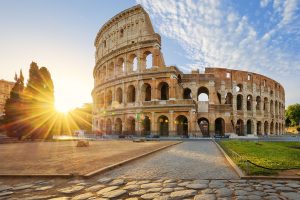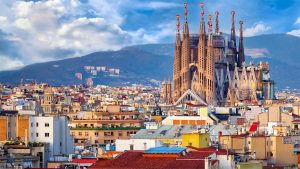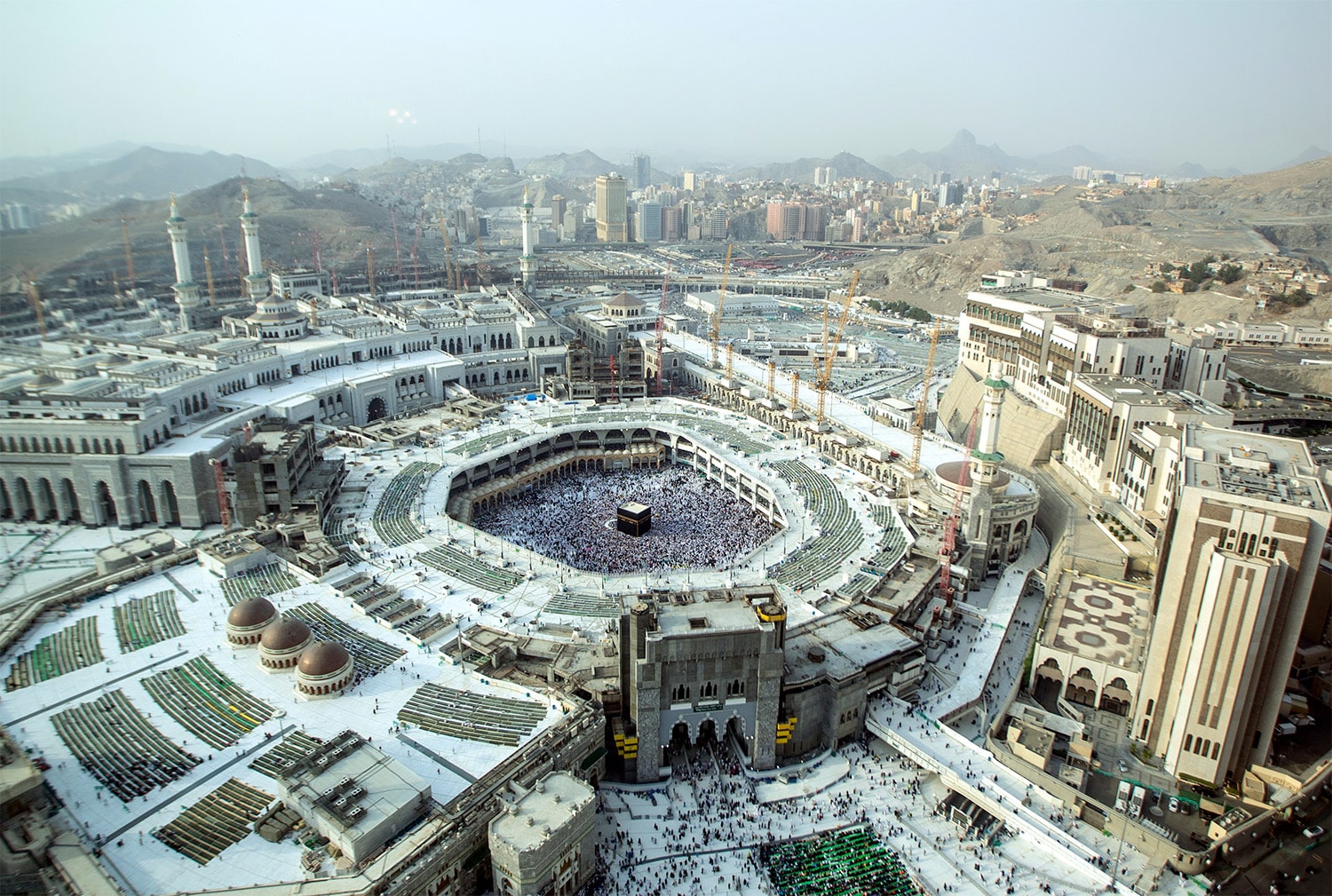
37 interesting facts about Mecca
- 👁️ 11573
Mecca, a city deep-rooted in history, is the holiest site in Islam. Located in the western part of Saudi Arabia, it is a place where millions of Muslims from around the world gather each year to perform Hajj, one of the five pillars of Islam. This ancient city is not only a spiritual center but also a place of great historical significance. It is the birthplace of the Prophet Muhammad and the site where he received the revelations that compose the Quran. Mecca’s rich history and its central role in the Muslim world make it a profound subject of interest. Here are 37 fascinating facts about this sacred city.
- Mecca is known as the birthplace of Prophet Muhammad, born in 570 CE.
- The city is officially known as Makkah al-Mukarramah, which means “Mecca the Honored.”
- Non-Muslims are strictly forbidden from entering the city.
- The Kaaba, a cube-shaped building in the heart of the Grand Mosque, is considered the “House of Allah” and the most sacred site in Islam.
- Muslims around the world face the Kaaba during their daily prayers.
- Mecca was a major trading hub in the Arabian Peninsula before the advent of Islam.
- The annual Hajj pilgrimage to Mecca is a requirement for all Muslims who are physically and financially able to undertake it at least once in their lifetimes.
- The Grand Mosque, which houses the Kaaba, can accommodate over two million worshippers during peak times.
- Zamzam Well, located within the Grand Mosque, is believed to have been a miraculous source of water for Hagar and her son Ishmael.
- The Black Stone is set into the eastern corner of the Kaaba.
- Muslims believe that the Kaaba was originally built by Adam and later reconstructed by Abraham and Ishmael.
- The Kiswah, the cloth that covers the Kaaba, is replaced annually during the Hajj.
- The city sees over 15 million pilgrims annually, which greatly influences its economy.
- Mecca became the religious center of Islam shortly after the Prophet Muhammad’s revelation in 610 CE.
- The city was conquered by the Muslims in 630 CE, during Muhammad’s lifetime, in a key event known as the Conquest of Mecca.
- Mount Arafat, where Muhammad delivered his final sermon, is approximately 20 kilometers east of Mecca.
- The Hira cave, where Muhammad received his first revelation from the angel Gabriel, is a frequently visited site near Mecca.
- Mecca is at the center of several modernization projects to accommodate increasing numbers of pilgrims.
- The Abraj Al Bait Towers in Mecca are among the tallest buildings in the world and feature a large clock visible from miles away.
- Mecca has grown extensively over the past few decades, incorporating advanced infrastructure and technology.
- The city’s economy is heavily dependent on the pilgrimages of Hajj and Umrah, which generate significant income.
- The Saudi government restricts the entry of vehicles into the central areas around the Grand Mosque to better manage the crowds.
- Mecca experiences a desert climate with extremely hot summers and mild winters.
- The Masjid al-Haram, the Grand Mosque, is the largest mosque in the world.
- The construction of the Grand Mosque has been expanded by several Saudi kings, most notably King Fahd.
- During the Hajj, the Jamarat Bridge is used by pilgrims to perform the ritual of stoning the devil.
- Mecca has a dedicated Islamic museum that houses artifacts, manuscripts, and belongings of the Prophet.
- The city does not have its own airport, so pilgrims arrive at King Abdulaziz International Airport in nearby Jeddah.
- The Quran mentions Mecca by name in Surah Al-Fath.
- The Makkah Royal Clock Tower has an observatory deck that offers a panoramic view of the city.
- The Quraysh, a powerful merchant tribe during Muhammad’s time, originally controlled Mecca.
- The Saudi government employs a large number of seasonal workers from across the country to manage the Hajj crowd.
- The King Abdullah expansion project was one of the largest expansions of the Grand Mosque.
- Mecca is undergoing significant transformation with several high-rise hotels and residential areas being constructed.
- The Mina tent city, which houses pilgrims during the Hajj, is one of the largest temporary settlements in the world.
- The Quranic verses related to the Hajj are extensively inscribed inside the Grand Mosque.
- The municipality of Mecca is active in promoting sustainable practices during Hajj to cope with the environmental impact of such large gatherings.
Mecca, with its deep historical roots and central spiritual significance, continues to captivate and inspire millions around the world. The facts outlined provide a glimpse into its rich religious, cultural, and historical significance, emphasizing its role not only as a city of profound religious importance but also as a beacon of Islamic heritage. As Mecca continues to evolve with modernization projects aimed at accommodating more pilgrims, its essence remains a symbol of unity for Muslims worldwide. This exploration of Mecca’s multifaceted character not only educates but also enriches one’s understanding of a city that is a cornerstone of Islamic faith.
